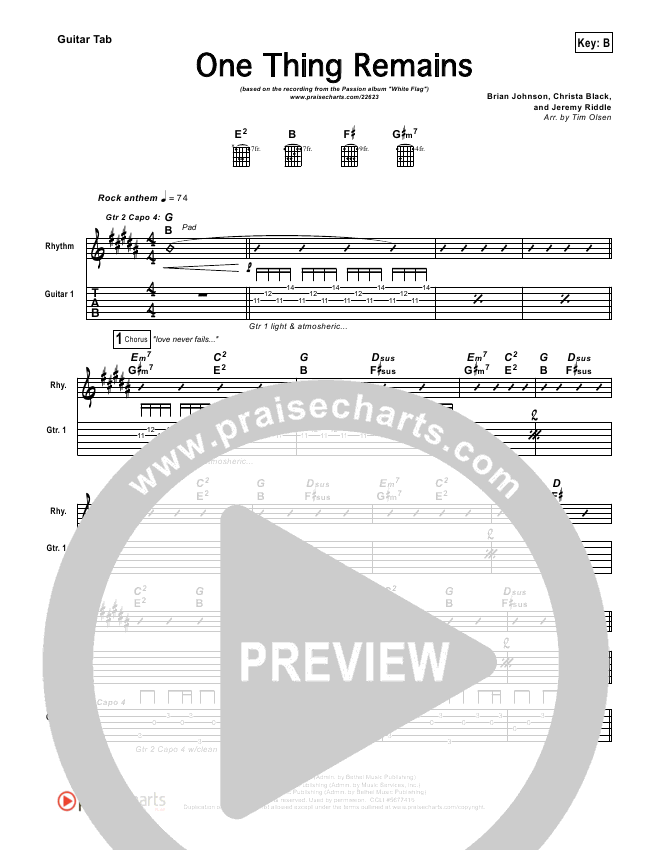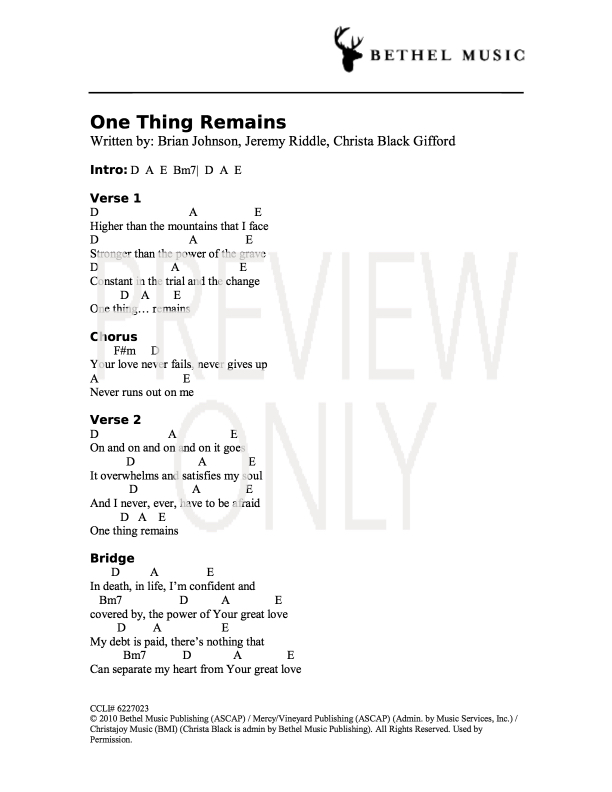


While you should try and my the note sound you do not always need to make it sound clear.
One thing chords full#
Many people think you have to tightly press the low string down like you would in a full barre chord, this is a misconception. Muting becomes second nature and you really don't have to think about, it just happens when you're hand starts to slant.

One thing is how comfortable the hand is using the thumb, you are essentially just gripping around the fretboard. John Mclaughlin - using his thumb on the main riff here, go about 3 minutes into the video Tal Farlow - what I got from this vid was using the thumb for those chords like G/A or Asus11. Metheny using in during the head of Bright Size Life, his first "hit". Ok, so you can go out and watch Joe Perry, John Mayer, John Frushantie, Jimmy Page, etc, etc.and see how the pros are doing it.īut you can also watch Pat Metheny, Joe Pass, John Mclaughlin, Tal Farlow, Les Paul, etc.and see them using is pretty much all the time just like the rock and blues cats. He used it it right on the first chord, every chord in the song actually, and it's at the heart of the main funky riff.I would cringe to hear someone play this without using the thumb: Here's Couldn't Stand the Weather by SRV, again the driving rhythm he gets has a lot to do with the thumb. Watch Machine Gun from the Band of Gypsies.that whole solo incorporates the thumb. The list of Hendrix tune using the thumb is endless, but it was one of the most important techniques of his playing where rhythm is concerned. Look at Jimi here playing Foxy Lady, all he plays it the low string(s) and the high strings (again this has a lot to do with rhythm): He also uses it to fill out the single note climb up before getting into the solo. You can even see him lifting the thumb for rhythm purposes (more on that later). Notice how comfortable and natural it is when adding that 6 interval to the chords is. Look how Jimi plays the G and A chords in Purple Haze, just like Pete plays the chords in Pinball Wizard. I also generally can't get the top string (which is OK for Pinball Wizard and Wind Cries Mary).īut Pete plays it like this (you'll see it in any vid of Pinball Wizard): I can get all the notes but if I do, I can't mute the A string too. We play Stairway to Heaven and I play the Fmaj7 (in the end solo section) like:Īre really hard for me. My hands are small and I generally only use it commonly on D/F#. Still, it was interesting to see that they used it way back in the late 1700s. They're really doing it for convenience and voice-leading as opposed to "freeing up a finger". However, this is classical guitar so they're only typically asking for no more than 4 notes at a time. They also sometimes call for it on an F chord (which would normally be a Barre chord) or rarely on a G (Barre) chord. Most of us think this is "improper" techinique and a classical guitarist wouldn't use it, but there it is, plain as day. I recently discovered that Classical guitarists (or just guitarists as they would have been back then) like Carulli and Giuliani actually used the thumb on the D/F# chord just like we do today and call for it in their scores. Check out how Pinball Wizard (the strumming chords) is played.


 0 kommentar(er)
0 kommentar(er)
